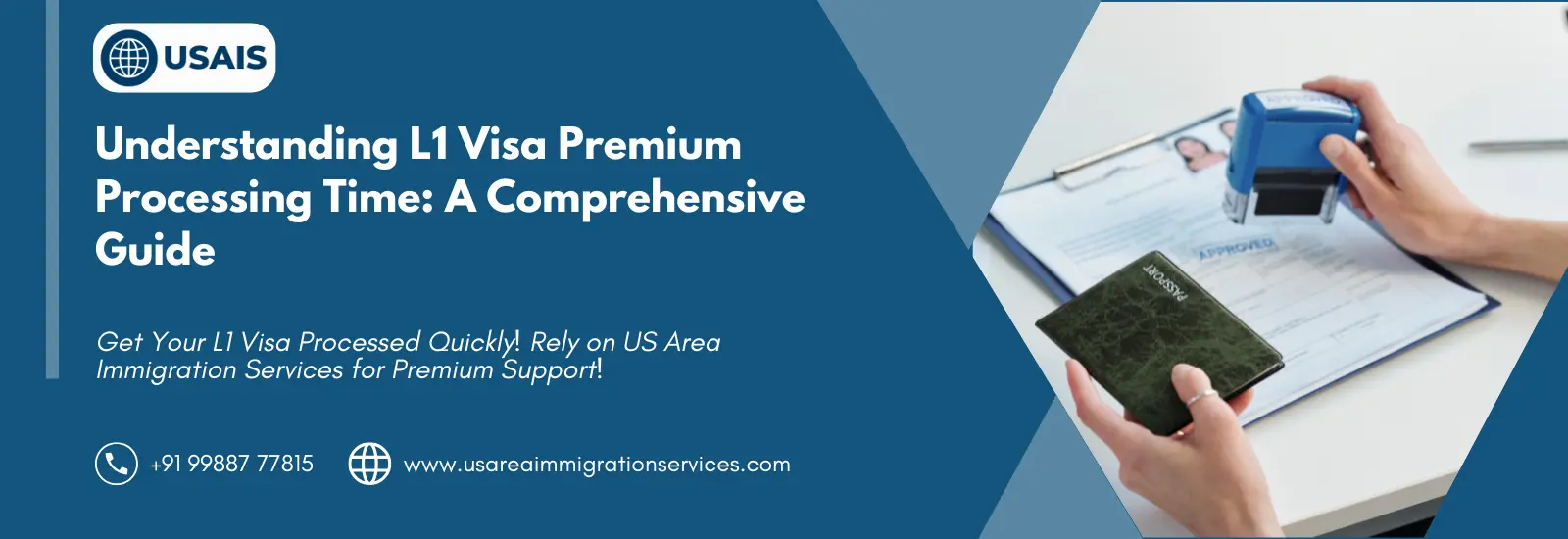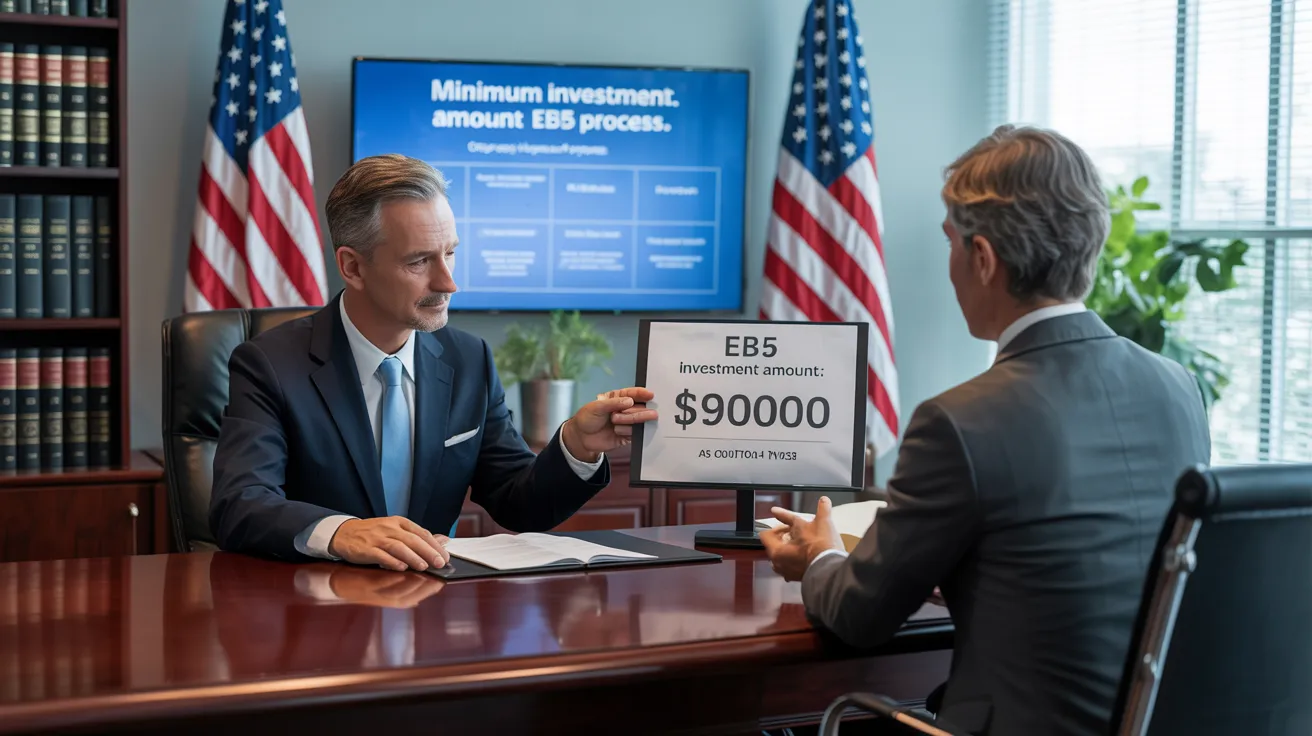Some Known Questions About L1 Visa.
Table of ContentsThe Best Guide To L1 VisaAll About L1 VisaSome Known Factual Statements About L1 Visa The Best Guide To L1 VisaThe Buzz on L1 VisaSome Known Factual Statements About L1 Visa
Available from ProQuest Dissertations & Theses Worldwide; Social Scientific Research Premium Collection. DHS Office of the Assessor General. Obtained 2023-03-26.
United State Division of State. Obtained 2023-02-08. Tamen, Joan Fleischer (August 10, 2013).
The 25-Second Trick For L1 Visa
In order to be qualified for the L-1 visa, the foreign company abroad where the Beneficiary was employed and the united state company need to have a qualifying partnership at the time of the transfer. The various kinds of certifying connections are: 1. Parent-Subsidiary: The Parent indicates a firm, corporation, or various other legal entity which has subsidiaries that it possesses and manages."Subsidiary" suggests a company, company, or other lawful entity of which a moms and dad possesses, straight or indirectly, more than 50% of the entity, OR possesses less than 50% yet has monitoring control of the entity.
Example 1: Business A is incorporated in France and employs the Recipient. Firm B is integrated in the U.S. and intends to seek the Beneficiary. Business A possesses 100% of the shares of Company B.Company A is the Moms And Dad and Business B is a subsidiary. There is a certifying partnership in between the two business and Business B must be able to sponsor the Beneficiary.
Business An owns 40% of Company B. The remaining 60% is had and controlled by Firm C, which has no relationship to Company A.Since Business A and B do not have a parent-subsidiary partnership, Firm A can not fund the Recipient for L-1.
Business A possesses 40% of Business B. The continuing to be 60% is had by Company C, which has no relation to Business A. Nonetheless, Firm A, by formal arrangement, controls and complete takes care of Business B.Since Business A has less than 50% of Company B but takes care of and regulates the business, there is a qualifying parent-subsidiary connection and Company A can sponsor the Beneficiary for L-1.
The Ultimate Guide To L1 Visa
Affiliate: An affiliate is 1 of 2 subsidiaries thar are both possessed and managed by the exact same parent or person, or had and regulated by the same group of people, in essentially the same proportions. a. Instance 1: Business A is integrated in Ghana and uses the Beneficiary. Business B is incorporated in the united state
Firm C, additionally included in Ghana, owns 100% of Business A and 100% of Firm B.Therefore, Business A and Company B are "affiliates" or sister companies and a certifying partnership exists in between the two companies. Firm B need to have the ability to sponsor the Beneficiary. b. Example 2: Firm A is incorporated in the united state
Firm A is 60% owned by Mrs. Smith, 20% possessed by Mr. Doe, and 20% possessed by Ms. Brown. Company B is included in Colombia and presently employs the Recipient. Company B is 65% owned by Mrs. Smith, 15% had by Mr. Doe, and 20% owned by Ms. Brown. Business A and Business B are associates and have L1 Visa requirements a certifying partnership in two various ways: Mrs.
The L-1 visa is an employment-based visa group developed by Congress in 1970, permitting international firms to transfer their supervisors, execs, or crucial workers to their United state operations. It is generally referred to as the intracompany transferee visa.

Additionally, the beneficiary needs to have worked in a managerial, exec, or specialized staff member setting for one year within the three years preceding the L-1A application in the international firm. For brand-new office applications, foreign work must have remained in a managerial or executive capacity if the recipient is concerning the USA to work as a manager or executive.
The Best Guide To L1 Visa

If granted for a united state business operational for L1 Visa process greater than one year, the preliminary L-1B visa is for as much as three years and can be prolonged for an added 2 years (L1 Visa). Conversely, if the united state business is recently developed or has been operational for less than one year, the first L-1B visa is issued for one year, with extensions readily available in two-year increments
The L-1 visa is an employment-based visa classification established by Congress in 1970, allowing international business to transfer their managers, executives, or crucial employees to their united state procedures. It is generally described as the intracompany transferee visa. There are 2 main kinds of L-1 visas: L-1A and L-1B. These kinds are appropriate for staff members employed in different positions within a firm.
Some Known Details About L1 Visa
In addition, the recipient needs to have functioned in a supervisory, exec, or specialized worker L1 Visa placement for one year within the three years preceding the L-1A application in the international firm. For new office applications, foreign work should have been in a supervisory or executive capability if the beneficiary is concerning the United States to function as a manager or executive.
for approximately 7 years to supervise the operations of the united state associate as an executive or manager. If issued for an U.S. business that has actually been functional for greater than one year, the L-1A visa is at first given for up to three years and can be expanded in two-year increments.
If given for an U.S. firm functional for even more than one year, the first L-1B visa is for approximately three years and can be expanded for an added 2 years. Alternatively, if the U.S. firm is recently established or has actually been operational for less than one year, the first L-1B visa is provided for one year, with expansions available in two-year increments.